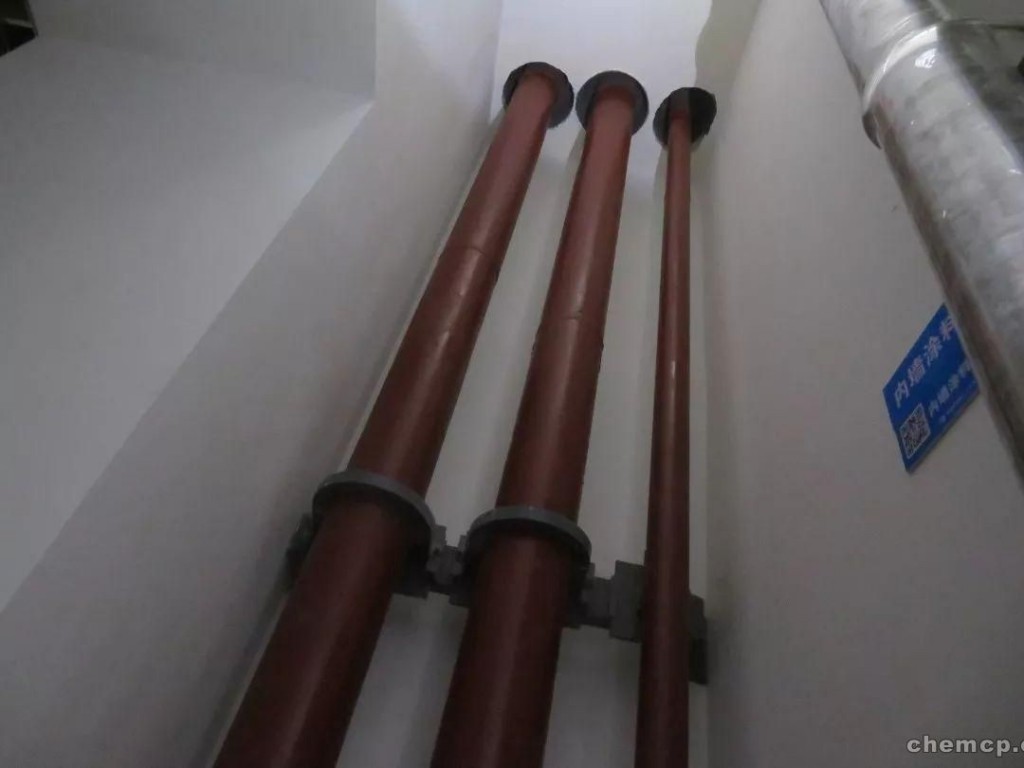ganzhou taurine recovery polyurethane elastomer door-to-door self-pickup
our company is mainly engaged in the recycling of various chemical raw materials, and has always been in line with the business philosophy of “sincere cooperation, trustworthiness, and commitment to environmental protection”, and sincerely serves enterprises and institutions. we always adhere to the recycling method and reasonable prices with customers. cooperation, and strive to “turn waste into treasure, environmentally friendly home, income-generating win-win”!
4excellent biodegradability. the classification of epoxy resin has not yet been unified. generally, it is classified according to strength, heat resistance grade and characteristics. there are 16 main types of epoxy resin, including general-purpose glue, structural glue, high temperature glue, low temperature glue, water and surface glue , conductive glue, optical glue, spot welding glue, epoxy resin film, foam glue, strain glue, soft material bonding glue, sealant, special glue, latent curing glue, civil construction glue 16 kinds.
door-to-door purchase of all inventory chemical raw materials: dyes, pigments, coatings, paints, resins, aluminum and silver pastes, rubber, hot melt adhesives, pressure sensitive adhesives, byk leveling agents, defoamers, dispersants, uv photoinitiators, ultraviolet rays absorbent, light stabilizer, polyether polyol, lithium carbonate, lithium hydroxide, vanadium oxide, plastic embossing ink, oleic acid, aeo, printing paste, zinc borate, hydroxypropyl methylcellulose, isobenzene diphenol, hydroquinone, nonylphenol polyoxyethylene ether, polyethylene glycol, vinyl acetate resin, flexible foam polyether, combined polyether, pressure-sensitive granular hot melt adhesive, recycled menthol, flavor, vanillin , pvc polyvinyl chloride resin, recycled coconut oil lauric acid soap noodles, fumaric acid, chloroether resin, guaiacol, urotropine, zinc oxide, isocyanate mdi, tdi, white oil, glycerin, polyvinyl alcohol, sodium alginate, etc., there are thousands of chemical names, as long as you deal with it, i will buy it, and it will be recycled within 24 hours.

at the present stage, electrocatalytic oxidation technology is widely used in the disposal of organic pollutants containing phenols, alcohols, hydrocarbons, dyes, aldehydes, etc. because of its strong recovery ability, oxidation ability, compliance, and low cost. in phenol-containing wastewater, porous carbon materials can be used as anodes. when organic wastewater passes through the carbon pores, the phenol and other organic substances contained in the wastewater can be removed under the effect of electrolysis. for example, in phenol-containing wastewater at a temperature of 26-40°c, the cod value is 29000mg/l and the voltage is 3.6-4.0v. when the current is 6 amperes, the cod value drops to 670mg/l. after stopping the reaction with graphite as the anode, the phenol concentration dropped from the original 15~100mg/l to 4.7~5.5mg/l. in the comparison before and after disposal in this experiment, phenolic compounds are often used when the organic chemical plant stops industrial manufacturing. however, phenol has strong toxicity such as mutagenic, teratogenic, and carcinogenic. if it pollutes soil and water resources, it will pose a threat to human and animal life and affect the growth of plants. therefore, my country has strict discharge requirements for the discharge of phenol-containing industrial wastewater. for this type of wastewater treatment, electrochemical treatment of wastewater can be suspended after changing the initial concentration, load voltage, electrolyte concentration, ph value and other influencing factors. after the electrochemical treatment experiment of the relevant wastewater, it is indicated that the load voltage is 5.5v, the ph value is 8, and the electrolyte concentration is 22g/l are the conditions for the treatment of wastewater. after the printing and dyeing process is completed, the fabric is generally washed to remove the floating color for dyeing fastness. the synthetic cleaning agent used varies with the dye and printing and dyeing process. to prevent staining the cotton fiber part, a special non-ionic cleaning agent must be used. see non-ionic surfactants.
the company recycles thousands of chemical products. our company promises to recycle them quickly, at a reasonable price, and with professional, safe and environmentally friendly methods. welcome your calls and sincerely look forward to cooperating with you!


